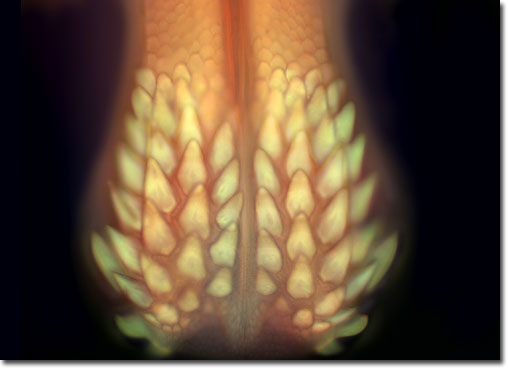|
Humans, pets, livestock and wildlife are all potential hosts for the lone star tick. This species is known to transmit canine ehrlichiosis, human monocytic ehrlichiosis, and granulocytic ehrlichiosis; diseases that attack the white blood cells. In most cases, infections are mild or without symptoms, but without proper diagnosis and treatment the resulting disease can be severe and even life threatening. Ehrlichiosis disease resembles the Rocky Mountain spotted fever. Common symptoms include sudden high fever, fatigue, muscle aches, severe headache, and sometimes rashes. Lone star ticks are also reported to transmit Rocky Mountain spotted fever, Q fever, tularemia, and Lyme disease.
|
